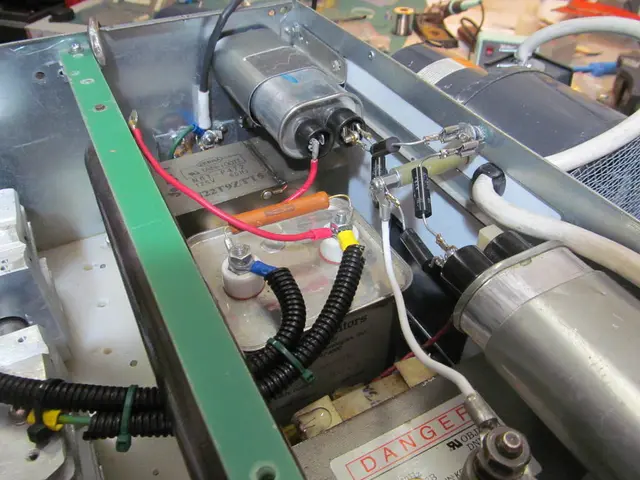Commodore Amiga Celebrates Four Decades: Pioneering Technological Advancements - Commodore Amiga's 40-year legacy, demonstrating a pioneering spirit decades before its contemporaries.
## The Rise and Fall of the Commodore Amiga: A Pioneering Force in Multimedia Computing
The Commodore Amiga, a groundbreaking personal computer line introduced in 1985, was the brainchild of Amiga Corporation, a startup founded in 1982 with a vision for advanced computing and multimedia. Led by Jay Miner and his team, Amiga aimed to push the boundaries of what was possible in the realm of home computing.
After exhausting venture capital, Amiga sought funding from Atari. Although Atari provided financial support, the agreement came with exclusive video game console rights, leading to a prototype known as the "1850XLD" or "Mickey." However, Amiga's ongoing financial challenges led to negotiations with Commodore International.
In August 1984, Commodore purchased Amiga Corporation for $25 million, absorbing the company as Commodore-Amiga, Inc. This acquisition secured Amiga's advanced graphics and audio technologies, which became the foundation for the Amiga 1000, the first in the Amiga line.
The Amiga line introduced multimedia capabilities far beyond its competitors, offering multitasking, powerful graphics, stereo sound, and a modular design. These pioneering features would influence later home computing.
In the late 1980s, the Amiga's main competitor was Apple's Macintosh. While Apple positioned itself with a strict, user-friendly environment, Commodore targeted versatility and power at a lower price. The Amiga famously outperformed the Macintosh in graphics and sound, offering higher resolution and color depth, advanced animation features, and stereo sound.
However, Apple's closed, tightly integrated ecosystem and strong marketing helped it maintain a foothold in business and education, while Commodore struggled with late delivery and inconsistent marketing. Despite its technical superiority, the Amiga failed to capture the market share it deserved, in part due to poor marketing and an unclear model policy.
The Amiga's impact on gaming and multimedia was profound. Its advanced graphics and sound capabilities made it a favorite platform for game developers, leading to the creation of iconic games such as *Lemmings*, *The Secret of Monkey Island*, and *Speedball 2*. Beyond gaming, the Amiga became a pioneer in desktop video, digital art, and music production.
The Video Toaster, a hardware and software package for the Amiga, revolutionized broadcast graphics and video editing, making professional-quality studio effects accessible to consumers and small businesses. The Amiga's multitasking environment allowed users to run music composition software, animation tools, and graphics programs side by side—features not widely available on competing platforms at the time.
Despite its technological prowess, the Commodore Amiga's story ended tragically. Commodore went bankrupt in 1994, a victim of management errors and changes in the market. However, the Amiga's legacy endures. Its influence is visible in modern multimedia computing, gaming, and digital content creation. Many of the features pioneered on the Amiga—sophisticated graphics, audio, and multitasking—are now standard in personal computing.
The Amiga retains an active enthusiast community, with ongoing software development and nostalgia projects. Although it may have fallen short in the marketplace, the Commodore Amiga remains a testament to the power of innovation and the enduring allure of pushing the boundaries of what is possible in the world of technology.
- In the bustling city of New York, artwork by renowned artist Andy Warhol, Andy Warhol's digital work, often displayed on the screens of his Amiga computers, made a significant impact on the burgeoning field of digital art.
- As the technological landscape evolved, advancements in artificial-intelligence, gadgets, and technology began to find applications beyond personal computing. For instance, a Chef in Paderborn might use a tech-driven appliance powered by AI to efficiently prepare meals, while the historical value of the Amiga continues to be felt to the 23rd of July, in the USA, as well as internationally.




